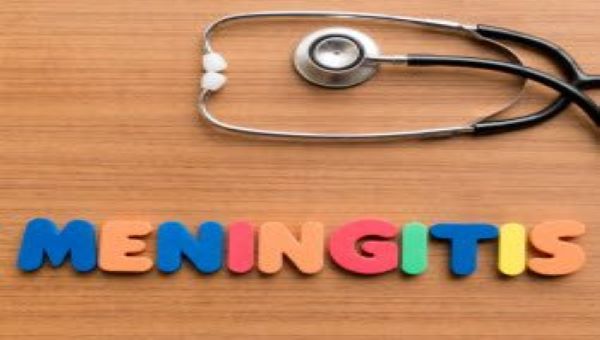Know more about diabetes
Apr 22, 2022

The rate of diabetes diagnoses is increasing around the world, including in India. India has the second-highest total population in the world at more than 1.3 billion people. The International Diabetes Federation estimated that 72.9 million in India were living with diabetes in 2017. A 2017 study also found that diabetes prevalence was higher in urban areas.
Most of this increase is in cases of type 2 diabetes, which is caused by insulin resistance and the pancreas slowly losing the ability to make insulin. A complex set of factors can contribute to the development of type 2 diabetes, including:
- Genes
- Environment
- Lifestyle
Type1 diabetes is an autoimmune condition that results from your body attacking beta cells in the pancreas that makes insulin.
Type 1 diabetes has increased by about 3 to 5% each year in India, according to 2015 research.
Why is diabetes prevalence increasing in India?
Like many cultures across the world, daily life in India is changing.
A Western diet is becoming more popular, which means more refined carbohydrates, processed foods, and trans fats. As the urbanization of cities continues, more people are leading less active, sedentary lives, as well.
Below are some contributors that have been linked to increases in diabetes prevalence in India:
- Lack of education about diabetes prevention strategies
- Vegetarian food choices that are high in carbohydrates, oils, and fats
- Increased consumption of processed meats
- Low consumption of fruits, nuts, seeds, and whole grains
- Less exercise
- More screen time
- Tobacco use
- Alcohol use
- Environmental pollution
- High blood pressure
- High cholesterol level
Other risk factors for diabetes among people in India include:
- Higher rates in married and separated people compared with single people
- Having obesity
- Having a higher waist circumference
- A family history of diabetes
There are many efforts underway to study solutions for the rise of diabetes in India.
Natural and holistic healthcare is popular in India, and there is some limited evidence that medicinal herbs like ashwagandha and traditional exercise like yoga may help to lower glucose levels. Higher intensity exercises can help, too.
Other prevention and treatment strategies include:
- Diabetes screening and education
- Early diagnosis and treatment
- Adequate blood glucose control with oral medication or insulin
- Access to diabetes care
- Cholesterol and blood pressure control
- Foot and eye care for people with diabetes
- Screening for kidney problems and other diabetes-related conditions












